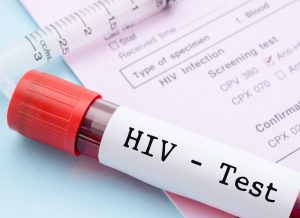 In the Cusco Region of Peru, sits the Pre-Colombian 14th-century Inca site almost 8,000 feet above sea level. Built at the height of the Inca Empire, Machu Picchu is widely considered the national treasure of Peru and is one of the most visited sites in South America.
In the Cusco Region of Peru, sits the Pre-Colombian 14th-century Inca site almost 8,000 feet above sea level. Built at the height of the Inca Empire, Machu Picchu is widely considered the national treasure of Peru and is one of the most visited sites in South America.
The two-hour climb up the ruins to the peak is an experience unlike no other, where views stretch over the ancient city to the river and snow-capped mountain.
Pack your Pak
Trek the Inca Trail to Machu Picchu, which consists of three overlapping trails: Mollepata, Classic, and One Day. The trail passes through Andean environments, cloud forest and alpine tundra, as well as settlements, tunnels, and ruins. It requires an ascent to 12,000 feet above sea level, which can cause altitude sickness for some. Advance booking is necessary. Due to erosion concerns, only 500 people are allowed on the trail daily. Trekkers usually take 4-5 days to complete, that ends in a short down-hill where they pass through Intipunku (the Sun Gate) at sunrise.
From the Top Down
Entry to Huayna Picchu, the familiar rounded peak in the north, requires a ticket; only 400 are handed out daily (beat the lines by buying ahead on machupicchu.gob.pe). Climb down the mountain instead of up it. This leads to the lesser-known Temple of the Moon.
Rest Your Head
The two closest cities are Cusco and Aguas Calientes. The hotel prices range from cheap to costly, as expected. For a good mid-range hotel in the Cusco area check out Casa San Blas Boutique Hotel , a three-star hotel inside an 18th-century colonial house, that will also help coordinate a trip.
PeruRail trains (book in advance) regularly make the four-hour trip between the colonial city of Cusco and Aguas Calientes.
Important: There are no tourist signs at Machu Picchu. A guide is essential.
-Arianna Schioldager













-300x200.jpeg)



